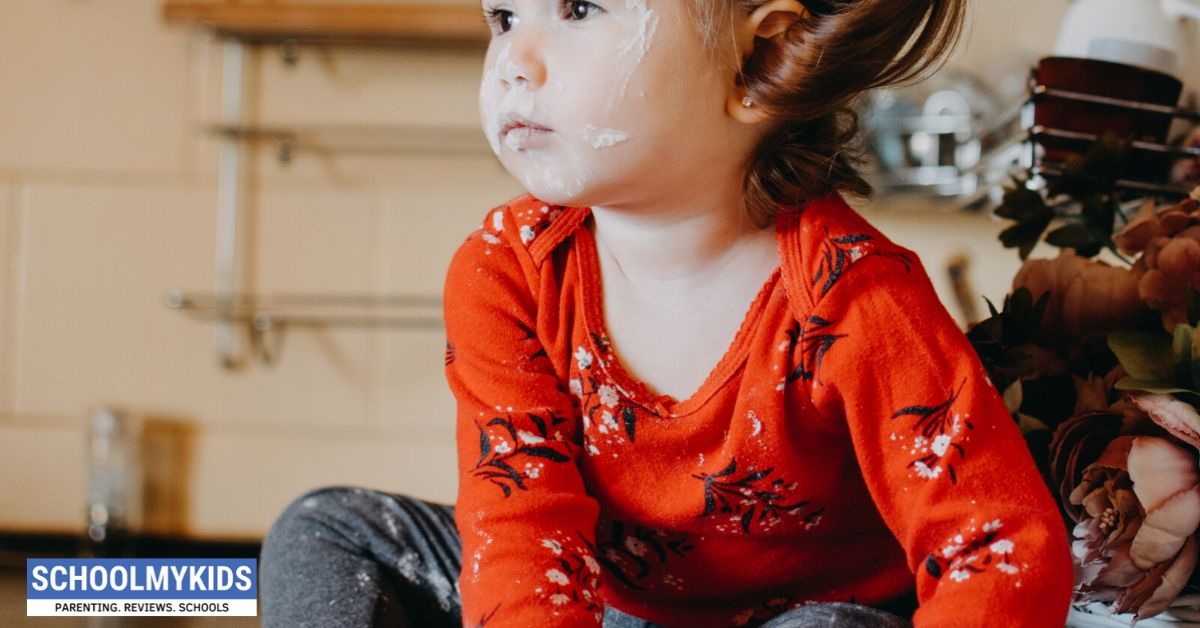Children learn and retain more when their senses are engaged in the activity. All five senses of sight, smell, touch, hearing and taste can be the route to better learning opportunities. Most good memories are sense based. You might remember the smell of pine trees at Christmas or rain on parched earth. A flashback memory is triggered when you smell these fragrances. This indicates that memory and retention is attached to sensory activities. Researchers now also accept social communication and physical sensory processing skills as a part of sensory activity.
Sensory activities for toddlers
There are studies that prove that ‘Sensory play’ is integral to a child’s brain development. The nerve pathways are generated through these activities. The child completes complex learning tasks like language development, recognition, develops cognitive growth patterns, gross motor skills, problem solving and social interaction skills through sensory activity. These activities are also a good way to calm a cranky toddler down and reduce anxiety. Children become familiar with sensory attributes.
It is easy to set up sensory activities for children at home. Stay ready to clean up messes though! Some examples for sensory activities for toddlers are:
- Playing with safe non-toxic slime
- Sensory bins that have been filled with an adequate amount of sensory fillers like coloured pasta or rice, coloured salt, aquarium rocks, water beads, sand in multiple colours, paper confetti, water, dried peas or beans.
- Play dough, both homemade and store bought can be used.
- Oobleck which is a cross between play dough and slime.
- Shaving foam and sand mixed together
Sensory activities for kids
Older kids often have a tougher time when you look for sensory activities that can fill their play hours at home. Many experts believe that the need for sensory play is only for the young child, but it is not so. Many older children benefit from sensory play too, their needs morph and change and grow more diverse as they grow up. These activities work well for older kids, teenagers and even adults. It is often a calming activity that helps in harnessing excess energy and channelling it into new learning opportunities.
- Yoga is an example of a sensory activity that makes a child aware of the sense of touch, regulating breathing and movement coordination.
- Trampoline jumping is as much fun for younger children as for older ones. It is a great way to sensory processing methods to evolve.
- Music is also a sensory activity. it involves hearing, concentration and vocals too.
- Stress balls are a great sensory prop.
- Essential oils can be of good use. Lavender can help calm you down while basil and peppermint oils improve concentration. The sense of smell is well utilized to create sensory awareness. Use the right essential oil to make a significant impact.
There is no end to sensory activities that you can incorporate in a child’s life. sensory play can improve the growth and cognitive development pattern of your child.







